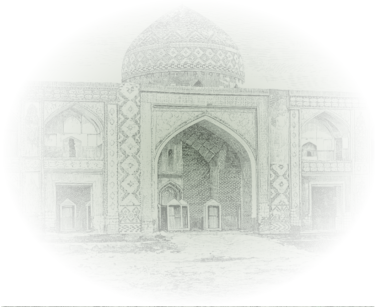Alkhanpayasi or Alikhanpayasi was a village in the territory of the Sharur-Daralayaz uezd of the former Iravan governorate, later in the former Keshishkend (Yeghegnadzor) district, and present-day Vayots Dzor province. The village was located between the villages of Hasankend and Goytul, on the Sharur–Keshishkend–Goycha highway, and in the vicinity of the Salimchay, one of the tributaries of the Arpachay. It was marked on the five-verst map of the Caucasus.
The village was solely inhabited by Azerbaijanis: 18 in 1831, 54 in 1873, 66 in 1886, 100 in 1897, 175 in 1904, 192 in 1914 and 112 Azerbaijanis in 1916. The village was attacked by Armenian armed formations in 1918 and its inhabitants were displaced. After the establishment of Soviet power in present-day Armenia, the Azerbaijanis who survived managed to return to their ancestral lands. The village was inhabited only by 37 Azerbaijanis in 1922. They were expelled from their lands for the second time between 1923 and 1925, and the village was reduced to ruins.
The village was built by Ali khan, one of the representatives of the Vakilov multi-generational family to which the outstanding Azerbaijani poet Samad Vurghun belonged. Ali khan used to breed his cattle and sheep in this village in winter, autumn and spring. Hence, the name of the village: the toponym was coined by combining the personal name “Ali khan” and “paya” meaning “a sheep pen, a cowshed, a stable” in Azerbaijani.
